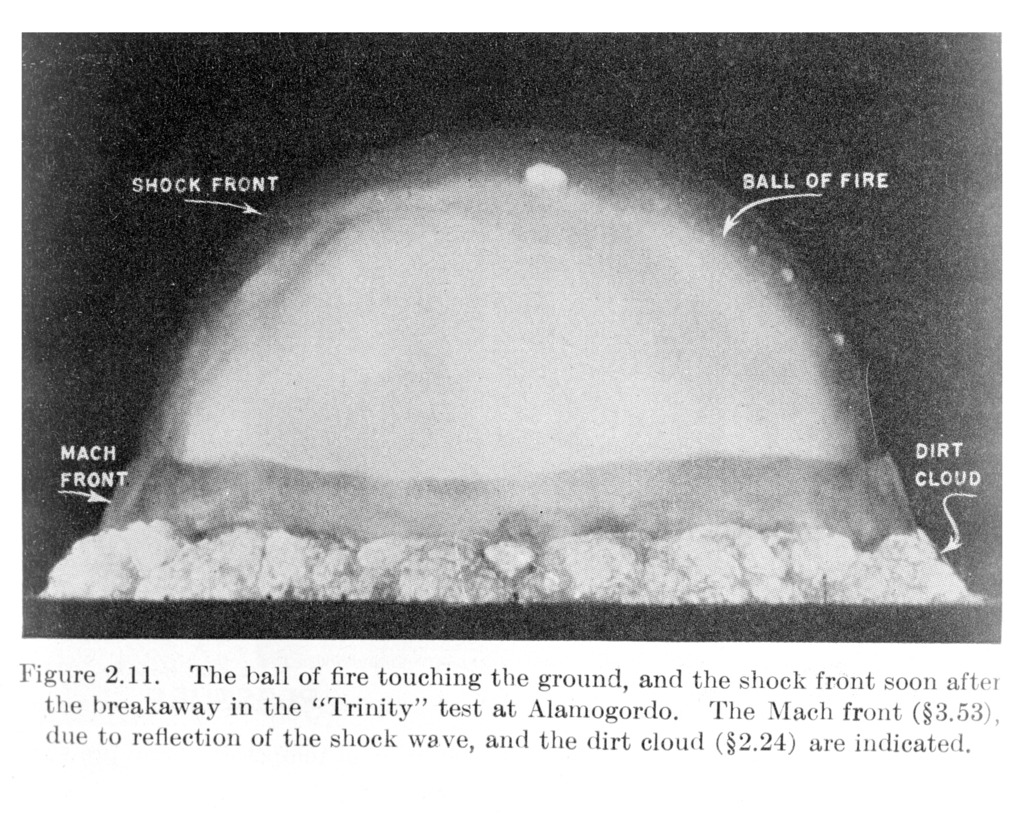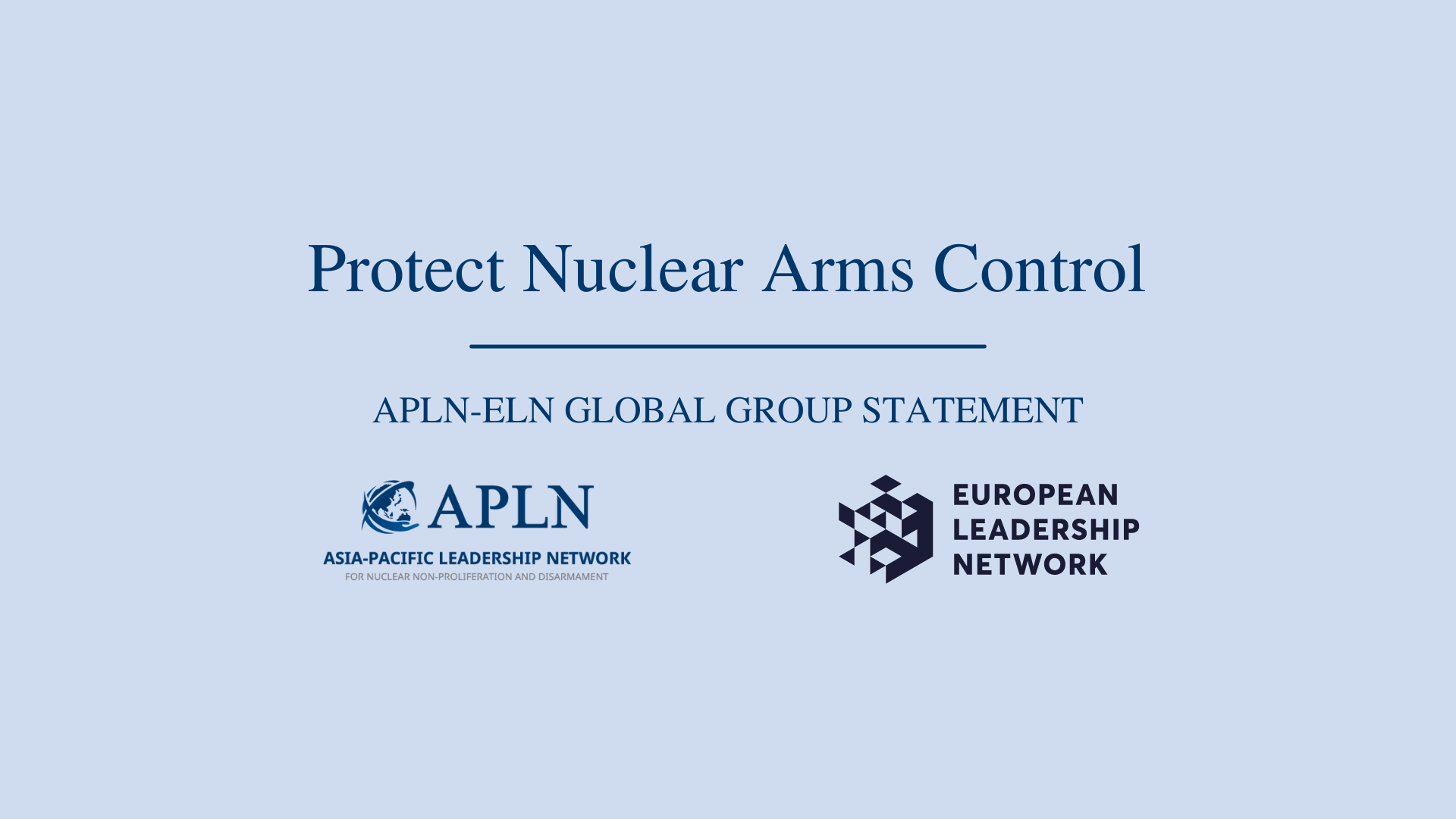The Trinity Test: Significance and Aftermath
The Trinity test on July 16, 1945, marked the first demonstration of the devastating power of atomic energy, fundamentally altering the course of human history. The enormous amount of energy released through atomic fission was groundbreaking in the realm of energy sources. However, in less than a month, the devastating aftermath of Hiroshima and Nagasaki exposed the alarming nature of technology in the hands of humans, possessing the potential to annihilate life on the planet. The advent of the nuclear age revolutionized international relations and brought a new dimension to the practice of statecraft. The events of 1945 sparked two major debates: the first centered around banning nuclear weapons altogether, while the other sought to exploit their destructive power for state security.
Efforts to ban nuclear weapons began as early as 1946 with the establishment of the United Nations Atomic Energy Commission (UNAEC) and the introduction of the Baruch plan by the United States. Unfortunately, these efforts bore no fruit due to a lack of trust between the United States and the Soviet Union, exacerbated by the onset of the Cold War. The partial test ban treaty enforced in 1963 limited tests to underground locations, reflecting a consensus amongst nuclear powers to mitigate radioactive contamination.
However, it took more than 30 years for the comprehensive test ban treaty (CTBT) to be finalized, and despite garnering 186 signatories, it has remained unenforced to this day. It is possible that many states now view nuclear explosive testing as outdated, particularly for simple fission and boosted fission weapons, as advancements in supercomputers and simulation techniques have reduced, if not eliminated, the necessity for such testing. Scientific opinion remains divided, especially in developing countries, regarding the reliability of second and third-generation weapons with compact designs carrying untested miniaturized warheads for operational deployment. However, there seems to be a broad consensus that nuclear explosive testing is still required for the development of a reliable thermonuclear device.
The most profound impact of the atomic age, however, was the emergence of nuclear deterrence as a pivotal component of national security. Nuclear deterrence became central to military strategies, international diplomacy and as a currency of power and prestige. The ensuing arms race among the five major powers in the decades following Trinity dramatically reshaped world politics. Deterrence stability at the systemic level remained largely unchallenged until Russia’s invasion of Ukraine last year, which raised questions about the effectiveness of nuclear deterrence in the 21st century.
By the mid-sixties, smaller countries began to recognize the benefits of nuclear energy for peaceful purposes and the value of nuclear deterrence for national security. What began as a U.S. monopoly in 1945 transformed into a bipolar competition between the two superpowers. Eventually, it expanded into a club of five permanent members (P5) of the U.N. Security Council (UNSC) possessing nuclear weapons. Efforts were made to prevent the spread of nuclear weapons to other states with the creation of the Non-Proliferation Treaty (NPT).
While many middle and small powers were pursuing nuclear weapons, three specific regions ― the Middle East, South Asia and the Korean Peninsula ― were significantly impacted by the development of the NPT. These three regions remain marked by ongoing hostilities awaiting conflict resolution. Unlike other regions that either fell under the umbrella of extended nuclear deterrence or were situated within nuclear weapons-free zones (NWFZ), nuclear deterrence was viewed as integral to the national security of these three volatile regions.
Israel, India and Pakistan have resisted non-proliferation pressures, with the latter two ultimately declaring their possession of nuclear weapons in 1998, but both have since declared a moratorium on further nuclear testing. Only North Korea has withdrawn from the NPT and conducted nuclear weapons tests in defiance of U.S. pressures, presenting a new dilemma for the region, particularly for South Korea.
The debate surrounding nuclear weapons, which has persisted since the Trinity test, continues to be fiercely contested to this day. For many, nuclear war is abhorrent, and the use, possession and testing of nuclear weapons are unacceptable. Banning these weapons would bring an end to the dangers demonstrated at Trinity in 1945. On the other hand, some argue that nuclear deterrence has prevented or restrained major conventional wars.
While nuclear testing remains an essential tool for validating nuclear capabilities and conveying deterrent signals, rapid technological advancements in the 21st century may render nuclear explosive testing obsolete. It is crucial to strengthen the norm of non-testing, as countries possessing nuclear weapons will likely continue to defy the spirit of the test ban. Efforts to prohibit nuclear testing now require fresh momentum and greater political will from the international community. Perhaps it is time to consider revising the ratification criteria for the entry into force of the CTBT, and imposing greater political costs on those who defy international consensus on the test ban.
About the Author
Feroz Hassan Khan is a former Brigadier in the Pakistan Army and former director of Arms Control and Disarmament Affairs in Strategic Plans Division, Joint Services Headquarters, Pakistan as well as a member of the Asia-Pacific Leadership Network for Nuclear Non-proliferation and Disarmament (APLN).
Disclaimer: The opinions articulated above represent the views of the author(s) and do not necessarily reflect the position of the Asia Pacific Leadership Network or any of its members. APLN’s website is a source of authoritative research and analysis and serves as a platform for debate and discussion among our senior network members, experts, and practitioners, as well as the next generation of policymakers, analysts, and advocates. Comments and responses can be emailed to apln@apln.network.
Image: The Trinity test (US National Archives)
This article was published in The Korea Times on 19 July 2023 as part of a dedicated, regular Korea Times column with analysis by APLN members on global issues. You can find the original post here.


